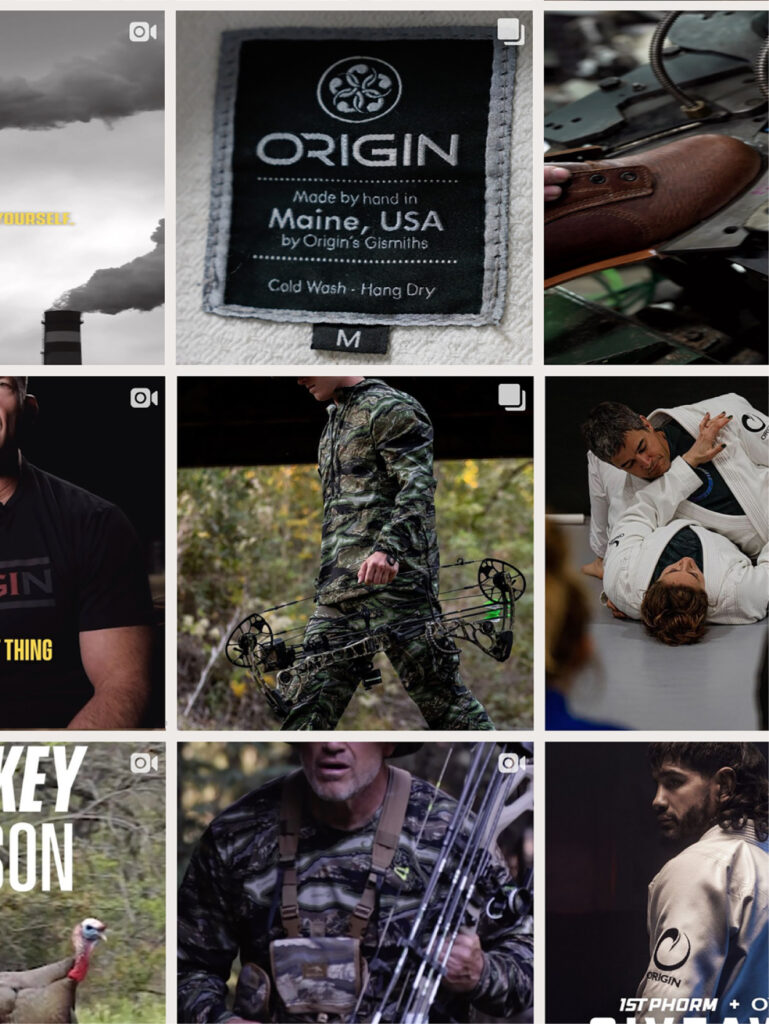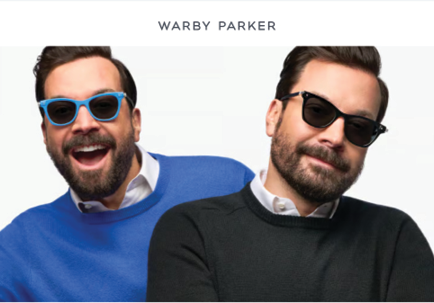Six direct-to-consumer strategies that build loyalty.
Direct-to-consumer (DTC) companies succeed at the crossroads of agility, loyalty and authenticity. That’s why their content strategy focuses on building genuine relationships with customers who truly want to be part of the brand.
Today’s customers are used to buying directly from brands without the middleman of mass retail stores. The customer feels more catered to because they are. DTC companies can bypass the traditional PR firms and media gatekeepers and talk directly to customers. They turn push marketing into attraction marketing. They have complete control of telling their own story, and they can tell it many different ways through multiple channels.
“The benefits of DTC marketing are clear: through this direct relationship, these companies are creating strong relationships with their consumers, understanding them better and reaching a more specific, appropriate audience,” says Hubspot. “DTC brands eliminate the hassle of researching, browsing and choosing from hundreds of options, making shopping practically effortless.”
Building loyalty can require a multi-faceted content strategy focused on relationships, education and authenticity. Here are six effective approaches to glean from DTC brands.
1. Authentic Behind-the-Scenes Videos
Being genuine is the name of the game with behind-the-scenes (BTS) videos. These peel back the curtain and invite customers into intimate parts of the business, making them feel part of the brand. Successful BTS videos are more informal, personable and are often funny and humble—many often reveal some genuine struggles. These can include product manufacturing and teasing new releases; messages from founders and CEOs; casual in-office activities; live tours; and on-the-spot employee interviews. The raw nature of BTS videos creates a more authentic connection between DTC businesses and their customers.

Origin USA, co-founded by former Navy Seal and leadership trainer Jocko Willink, produces martial arts uniforms and durable workwear such as boots and jeans. Everything is sourced and made in America. Their motto is “Made in America. No compromise.” The company’s videos focus on accomplishments with sourcing and manufacturing high-quality products by American workers. They are often short, personable and to the point, showing the impact on local community and reactions to the quality of the products. Company executives and employees are featured in videos talking about the importance of revitalizing American manufacturing.
As a Marketing Revolution article pointed out, “You need to be authentic in what you promise customers. This means stating a clear mission, then following through on that mission. This will help customers feel like they’re not just buying a product but working toward a greater goal.” BTS videos are highly effective at communicating that message.
2. An Omnichannel Strategy

It’s never been easier to publish content in multiple forms to speak to different audiences. It just takes commitment to a strategy. Successful DTC companies often repurpose the same message or campaign for multiple platforms such as YouTube, Instagram, Facebook, Twitter and TikTok. Each channel has its unique way of attracting followers and encouraging interaction. Tagging products in Facebook and Instagram posts is still an effective approach for many DTC businesses, especially when the content is more natural and less “sales-y.” This strategy also helps companies focus on building the brand and connecting with customers instead of pushing products.
“An omnichannel presence ensures that when your target consumers choose to engage with branded messaging, your product or service is readily available in the moment; regardless of channel,” shared Marketing Revolution. “In addition to being available, marketers need to build connections with consumers through branding efforts that create lasting, loyal customers. This is why we have seen a shift in campaigns to emphasize brand over products.”
Another growing trend is being a guest or sponsor on podcasts. These typically have targeted, captivated and highly loyal audiences who trust the podcasters. It’s a great way for company founders and leaders to tell their story and attract customers. Many podcasters only allow sponsors from products and services they use themselves, increasing the authenticity of the relationship.
3. Be a Storyteller
One of the best ways to build a brand is the tried-and-true strategy of telling compelling stories. DTC companies have the flexibility to tell their own stories without going through the traditional public relations channels and media gatekeepers.

Away, a luxury luggage company, took preorders before launching and combined the strategy with the release of an inspirational book titled The Places We Return To. Founders Steph Korey and Jen Rubio interviewed more than 40 creatives for the book such as writers, artists and photographers about their travel experiences. It was sold along with a gift card redeemable for a suitcase. The initial product line was sold out before it released, and the company reached $12 million in sales in the first year.
“Storytelling is a central part of our marketing strategy,” Korey said in a Shopify blog. “We think about what stories we can feed to the press and to social media—things that make people take notice, things people want to share and talk about. You don’t push your product. You create things that are fun to talk about, to write about, to share.”
The company leverages social media to encourage travel or posting funny scenarios instead of directly promoting products. For example, asking followers to post a GIF of their favorite movie to watch on a flight, or a tweet explaining why you need 17 pairs of underwear for a four-day trip.

4. Short, Vertical Videos
Even with the growing trend of longform podcasts that can run for one to two hours or more, the most popular and engaging online videos are getting shorter and shorter. With the rise of TikTok and Instagram Reels, people are more used to watching vertically oriented videos on their mobile device. Behind-the-scenes, employee profiles, product demos and various user-generated content are some of the most effective for DTC companies. Combining videos with a short music clip or voiceover adds to the appeal.
Bombas is a social impact company that began selling socks and matching donations to the homeless and underprivileged communities. They have grown to include other essentials such as underwear and T-shirts. The company’s short social media videos include a “Three Good Things” monthly message focusing on accomplishments and the people positively impacted. Employee shoutouts highlight volunteer hours, and other videos even teach followers how to make their own “care kits” out of sandwich bags and travel-size personal hygiene products.
The mission is woven into the message of the content. Videos are authentic and unpolished, as if you took out your phone and started recording what you saw. They are in the moment, inviting and show their commitment to the mission.
5. Leverage Customer Content

No matter what business you’re in, your customers are online every day letting you know what they want by the posts they make and the content they engage with. Leveraging customer content takes the guesswork out of what you should create and builds stronger relationships with customers who are proud to represent your brand.
Popular customer content for DTC brands includes unboxing videos; product reviews; trying on products; encouraging hashtags to increase brand awareness; and sharing customer posts to continue the conversation.
“One of the tactics is to allow customers to test new products and then share their experience on social media before committing to a purchase,” according to an article by Profitwell.com.
Well-known DTC company Warby Parker noticed customers were taking pictures and videos of their eyewear, asking friends how they looked. The company started asking customers to post the content on social media with the hashtag #WarbyHomeTryon. Participating customers were paired with an online personal stylist. The company discovered that customers who shared content online were 50 percent more likely to purchase.
6. A Text Will Do Ya
According to Tech Jury, 75 percent of clients want to receive offers via SMS text, and Mobile Monkey says nine in 10 people open their text messages. Savvy DTC brands are utilizing texts more and more to send exclusive offers, welcome new customers or even send an impromptu thank you. Texts are often limited to 160 characters, so they’re simple to consume, and they make for a seamless mobile shopping experience. To enhance and entertain, consider adding images, GIFs or short video clips. Even restaurants are beginning to take orders via text.
Some DTC websites offer SMS as a lead-capture option, and customers are often sent a first-time purchase discount. The focus is on quick access to a discount or enrolling in a rewards club—no need to fill out a lot of forms asking for a bunch of personal information. Not all texts are offer-based. Some are personalized such as wishing customers happy birthday; thanking them for their recent order; and updating them on items they are interested in.
From the May 2023 issue of Direct Selling News magazine.


